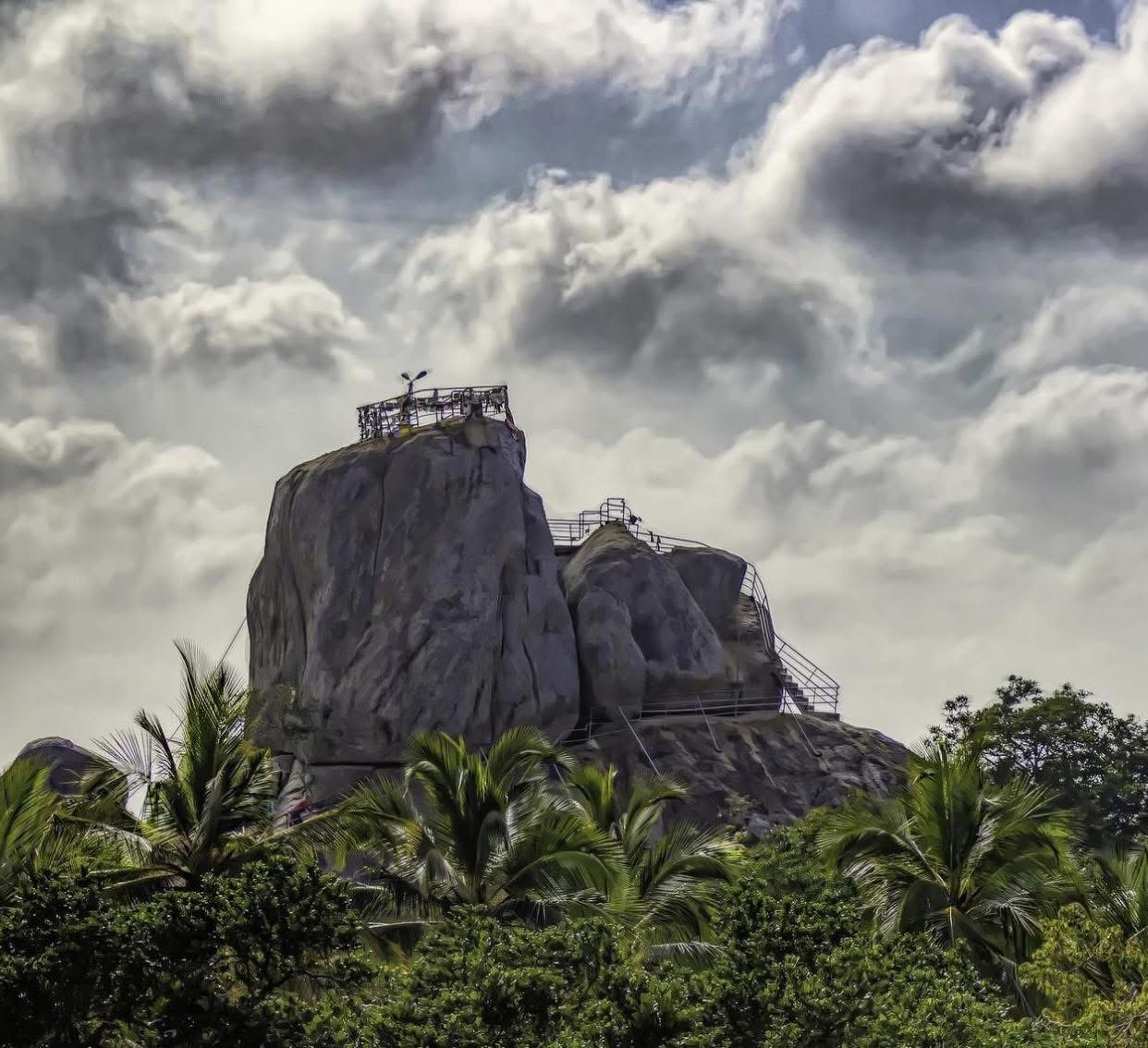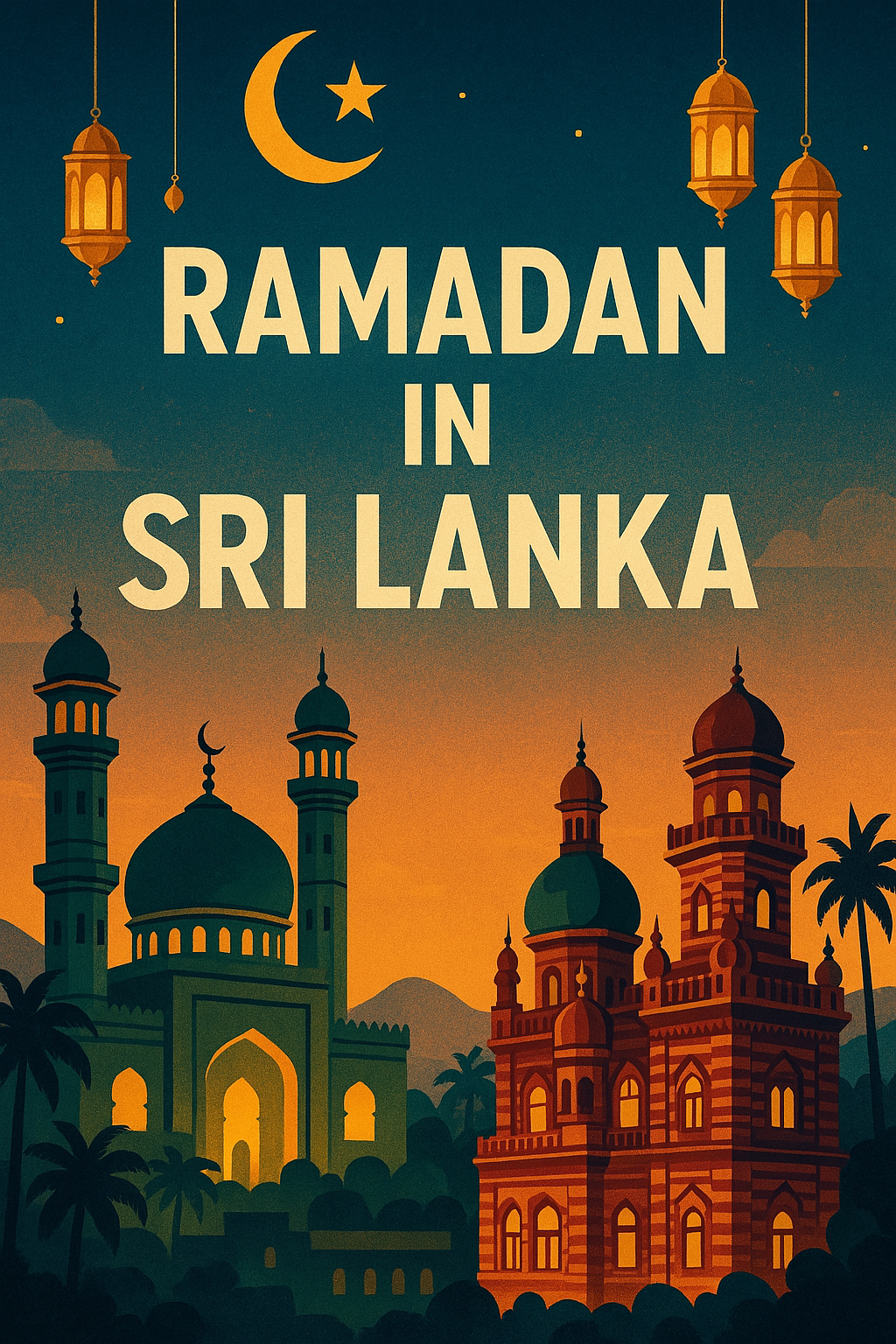Introduction: A Sacred Full Moon that Changed a Nation
A spiritual celebration of Buddhism’s arrival. Learn its history, rituals, and travel tips for an unforgettable experience. Each June, the full moon casts its silver glow across Sri Lanka. The island nation pauses to celebrate Poson Poya. It is one of the most spiritually significant days in its Buddhist calendar. But what makes Poson Festival so special? More than just a religious observance, Poson marks the arrival of Buddhism in Sri Lanka. It has shaped the island’s identity for over 2,300 years. From ancient Anuradhapura to quiet village temples, this full moon day blends history and devotion. It also fosters a sense of community in a deeply moving celebration.
🏛️ Historical Significance: When the Light of Dhamma Reached Lanka
The origins of Poson trace back to 3rd century BCE. During this time, Arahat Mahinda, son of the Indian Emperor Ashoka, traveled to Sri Lanka. He brought a message that would change its destiny: the teachings of the Buddha.
- The historic meeting between King Devanampiya Tissa and Arahat Mahinda took place at Mihintale, near Anuradhapura. This event marks the moment Buddhism was officially introduced to the island.
- This pivotal encounter led to the peaceful adoption of Buddhism, shaping Sri Lanka’s cultural, ethical, and political foundations.
Poson, therefore, isn’t just a religious festival, it commemorates a civilizational turning point.




🖼️ Traditions and Rituals: How Sri Lankans Celebrate Poson
Across the country, Poson is observed with great reverence and joy. Here’s how it’s traditionally celebrated:
🕯️ Religious Observances
- Dana (Almsgiving): Devotees offer free food and drinks through Dansalas — roadside stalls serving thousands of pilgrims.
- Sil Campaigns: Many Buddhists observe Ata Sil (Eight Precepts) and spend the day in meditation and dhamma listening at temples.
- Pilgrimage: The sacred site of Mihintale becomes the epicenter of Poson, attracting pilgrims from all over the island.
- Decorations: Homes and streets are adorned with lanterns (Vesak koodu), Buddhist flags, and Pandals (illuminated storyboards depicting Jataka tales).
🎶 Cultural Expressions
- Buddhist devotional songs (Bakthi Gee) echo through the air.
- Youth groups and volunteers come together for community service, emphasizing compassion and unity.
📍 Where to Experience Poson in Sri Lanka
While Poson is observed island-wide, some destinations offer especially profound and immersive experiences:
- Mihintale: The birthplace of Poson and the spiritual heart of the celebration. The pilgrimage site glows with candles and thousands of white-robed devotees.
- Anuradhapura: The ancient capital offers a deep connection to Sri Lanka’s Buddhist roots. Rituals take place at Ruwanwelisaya, Sri Maha Bodhi, and other sacred stupas.
- Polonnaruwa & Kandy: Also host beautiful observances and lantern displays, offering a more tranquil alternative to the crowds in Mihintale.
✈️ Travel Tips for Visitors During Poson
- Dress Modestly: White clothing is customary. Shoulders and knees should be covered when visiting temples.
- Respect Local Customs: Remove footwear when entering temple premises. Maintain silence during prayers.
- Plan Ahead: Roads to pilgrimage sites get busy—arrive early or consider alternative sites.
- Stay Hydrated: June is warm, and temple visits can involve long walks. Carry water and sunscreen.
🗺️ Nearby Attractions to Combine with Your Poson Journey
- Ruwanwelisaya & Jaya Sri Maha Bodhi (Anuradhapura)
- Kaludiya Pokuna (Ancient bathing ponds near Mihintale)
- Wilpattu National Park – For a nature break after the pilgrimage
- Ritigala Monastery Ruins – An ancient and mystical forest hermitage






🙏 Conclusion: A Celebration of Faith, Peace, and Light
The Poson Festival is more than a religious holiday. It’s a reminder of Sri Lanka’s spiritual legacy. It reflects the nation’s historical embrace of non-violence and the enduring power of compassion. Whether you’re a pilgrim, experiencing Poson offers a rare window into the soul of this island nation. If you’re a curious traveler, it provides a unique insight. Let the light of Poson illuminate not just the temples — but your heart.
🔗 Internal Links to other articles
- Experiencing Eid in Sri Lanka
- Spiritual Beauty of Ramadan in Sri Lanka
- Experience the Magic of Esala Perahera
🔗 External Links
Department of Buddhist Affairs – Sri Lanka
🎥 Watch on YouTube: Click Here

























